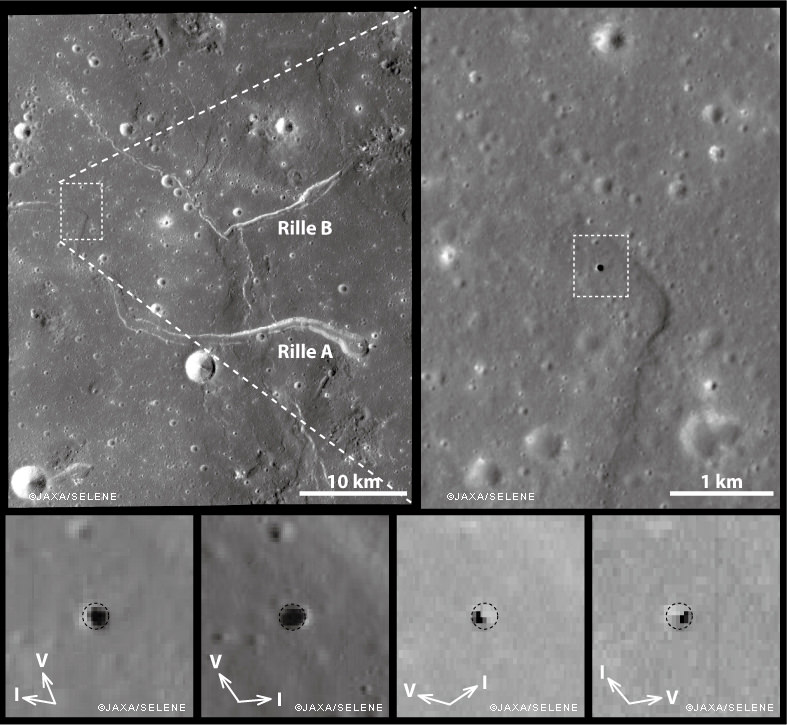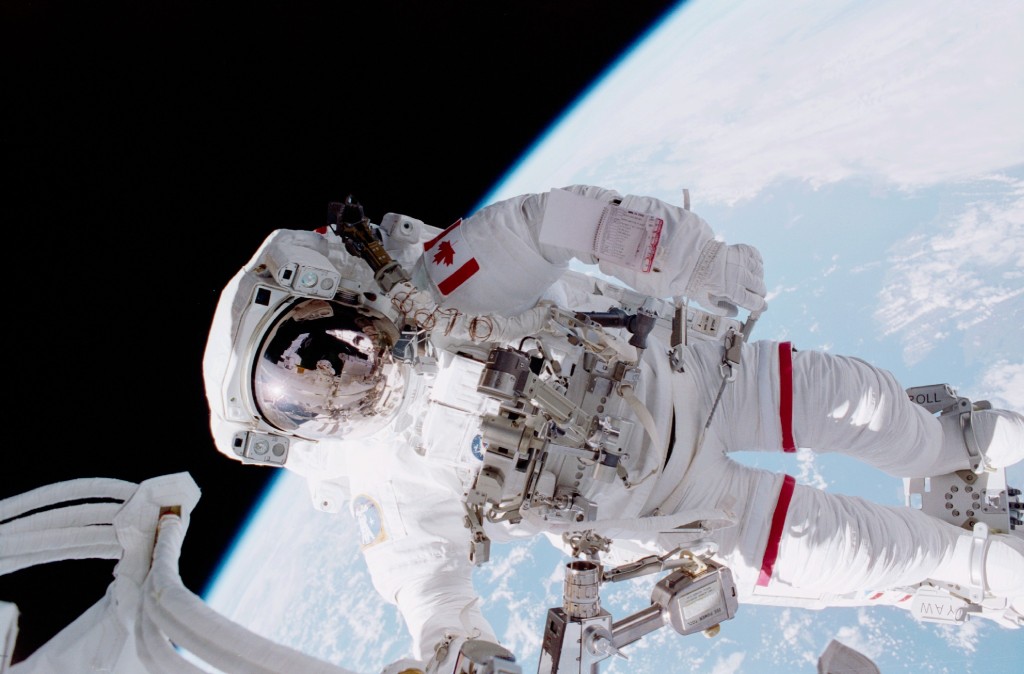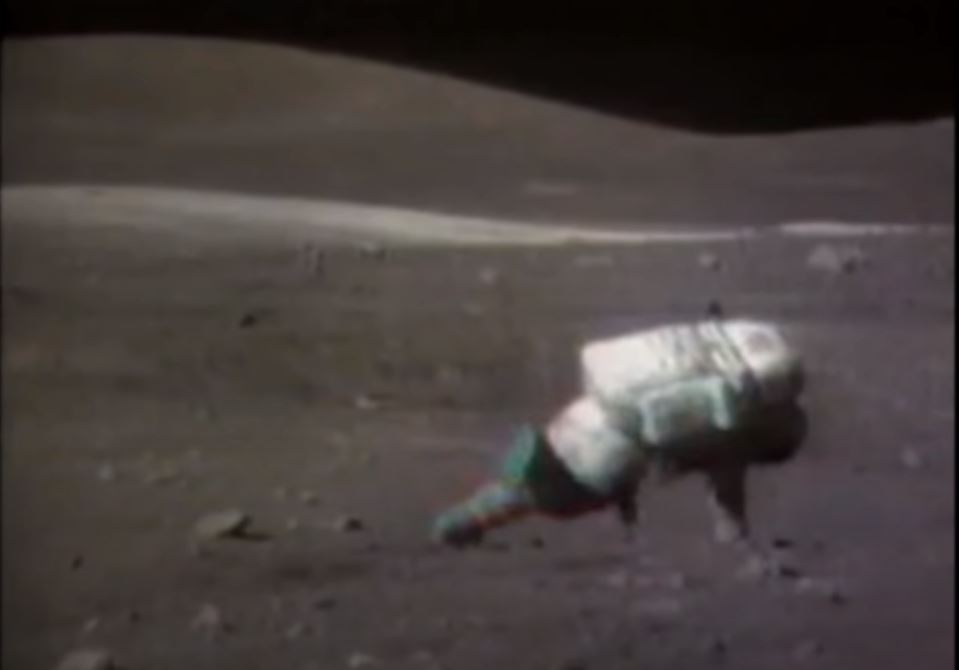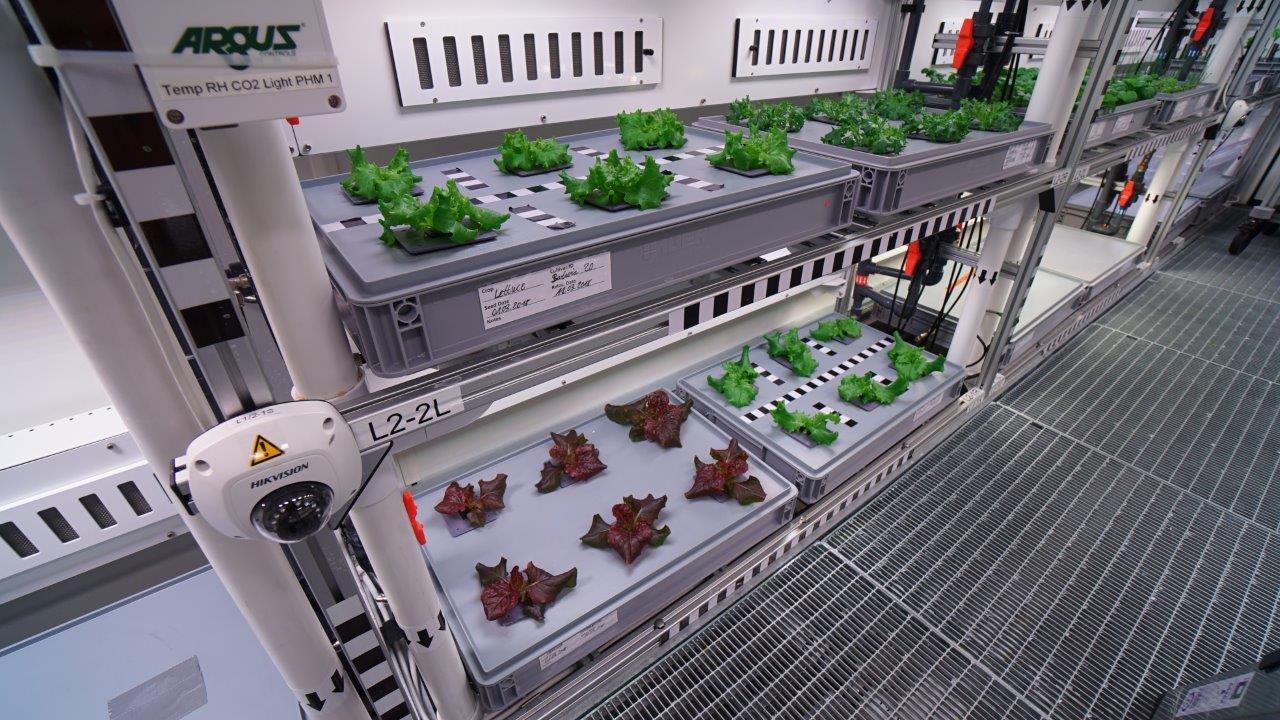Could lava tubes on the Moon and Mars play a role in establishing a human presence on those worlds? Possibly, according to a team of researchers. Their new study shows that lunar and Martian lava tubes might be enormous, and easily large enough to accommodate a base.
Continue reading “Lava Tubes on the Moon and Mars are Really, Really Big. Big Enough to Fit an Entire Planetary Base”How Would We Do Surgery in Space?
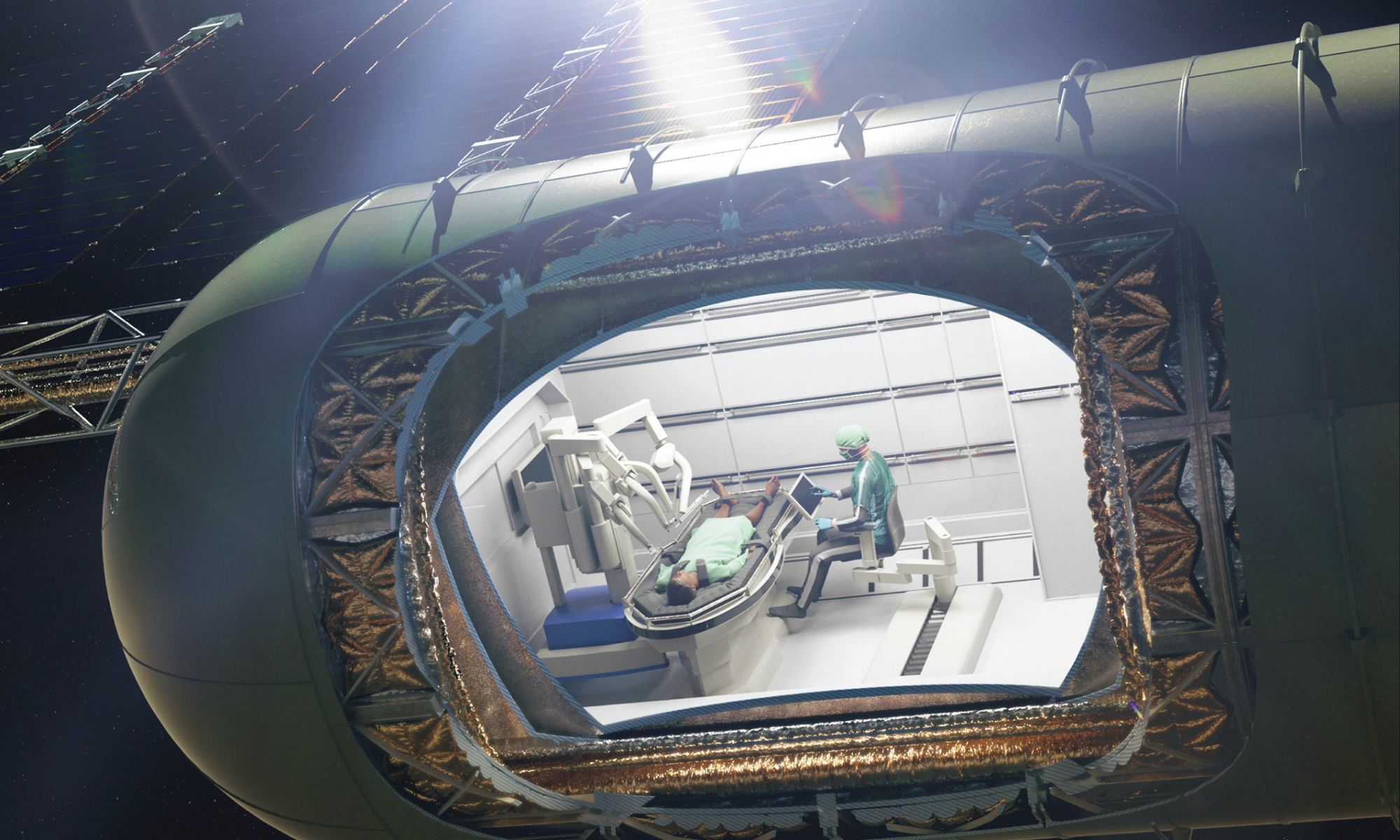
Any mission to Mars requires deeper planning than missions to the ISS or the Moon. Based purely on the length of the mission, contingencies branch outwards in complex logistical pathways. What if there’s an accident? What if someone’s appendix bursts?
And what if surgery is needed?
Continue reading “How Would We Do Surgery in Space?”Scientists Have Developed a Way to Make Human Skin More Protected from Space Radiation
Earth is a radiation cocoon. Inside that cocoon, the atmosphere and the magnetosphere keep us mostly safe from the Sun’s radiaition. Some ultraviolet light gets through, and can damage us. But reasonable precautions like simply minimizing exposure can keep the Sun’s radiation at bay.
But space is a different matter altogether. Among the many hazards it poses to astronauts, ever-present radiation is one that needs a solution.
Now a team of researchers have developed a new biomaterial to protect astronauts.
Continue reading “Scientists Have Developed a Way to Make Human Skin More Protected from Space Radiation”Astronaut Drops a Mirror During a Spacewalk. Now There’s Another Piece of Space Junk
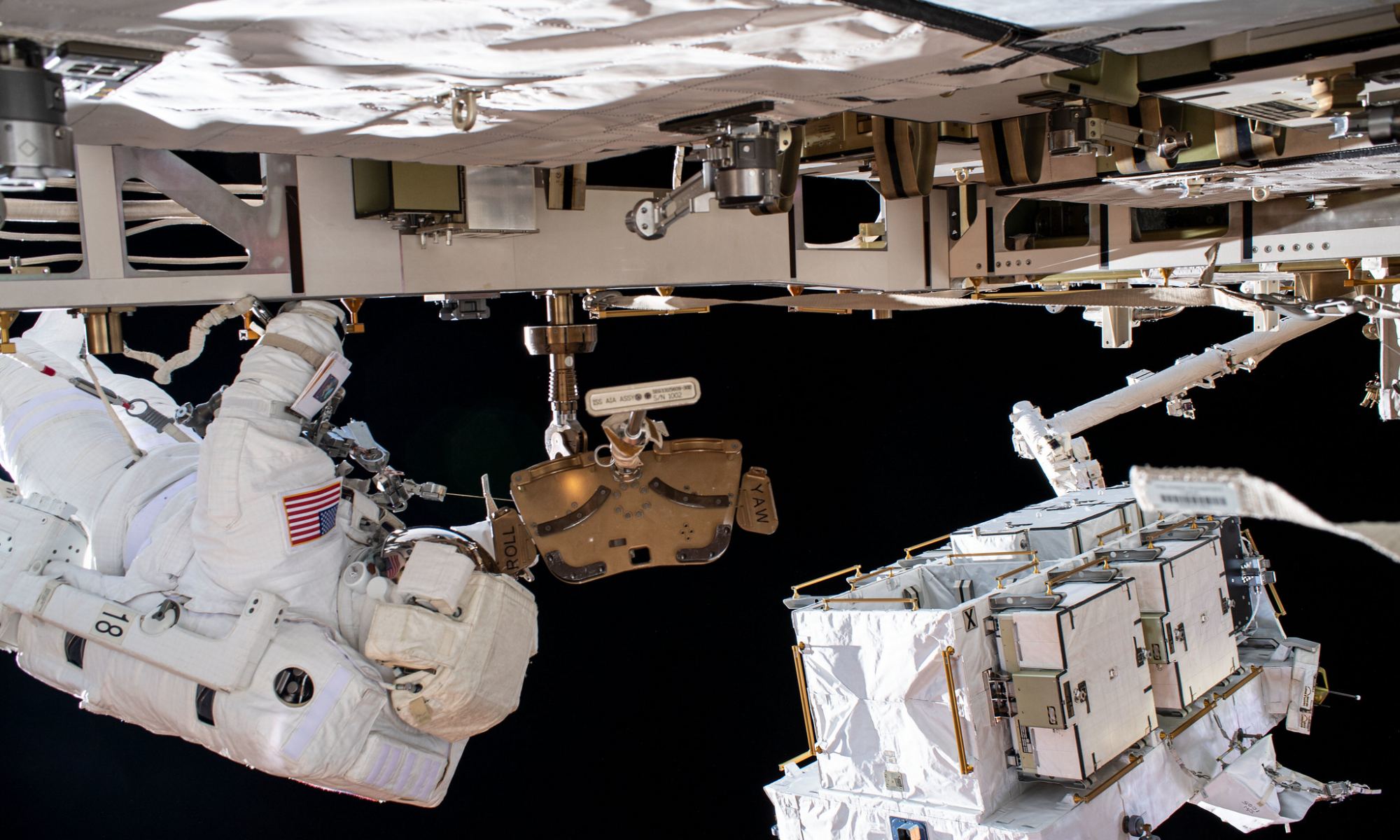
Oops.
Dropping a mirror on Earth is only minor cause for concern, perhaps about the potential of some upcoming bad luck. Dropping a mirror while on a spacewalk means creating a potentially dangerous new piece of space junk, all while thousands of people watch it happen, streaming live.
Continue reading “Astronaut Drops a Mirror During a Spacewalk. Now There’s Another Piece of Space Junk”Hilarious Supercut of Astronauts Falling on the Moon
The Apollo astronauts walked on the Moon, yes. But they also hopped, bounded, and shuffled. And sometimes they fell, spectacularly. That caused a lot of consternation back on the Earth, especially for the engineers who designed the Apollo spacesuits.
Continue reading “Hilarious Supercut of Astronauts Falling on the Moon”Future Astronauts Could Enjoy Fresh Vegetables From an Autonomous Orbital Greenhouse
If humanity is going to become a spare-faring and interplanetary species, one of the most important things will be the ability of astronauts to see to their needs independently. Relying on regular shipments of supplies from Earth is not only inelegant; it’s also impractical and very expensive. For this reason, scientists are working to create technologies that would allow astronauts to provide for their own food, water, and breathable air.
To this end, a team of researchers from Tomsk Polytechnic University in central Russia – along with scientists from other universities and research institutes in the region – recently developed a prototype for an orbital greenhouse. Known as the Orbital Biological Automatic Module, this device allows plants to be grown and cultivated in space and could be heading to the International Space Station (ISS) in the coming years.
Continue reading “Future Astronauts Could Enjoy Fresh Vegetables From an Autonomous Orbital Greenhouse”NASA Astronaut Jessica Meir Took a Space Selfie, Capturing her Reflection in the Space Station
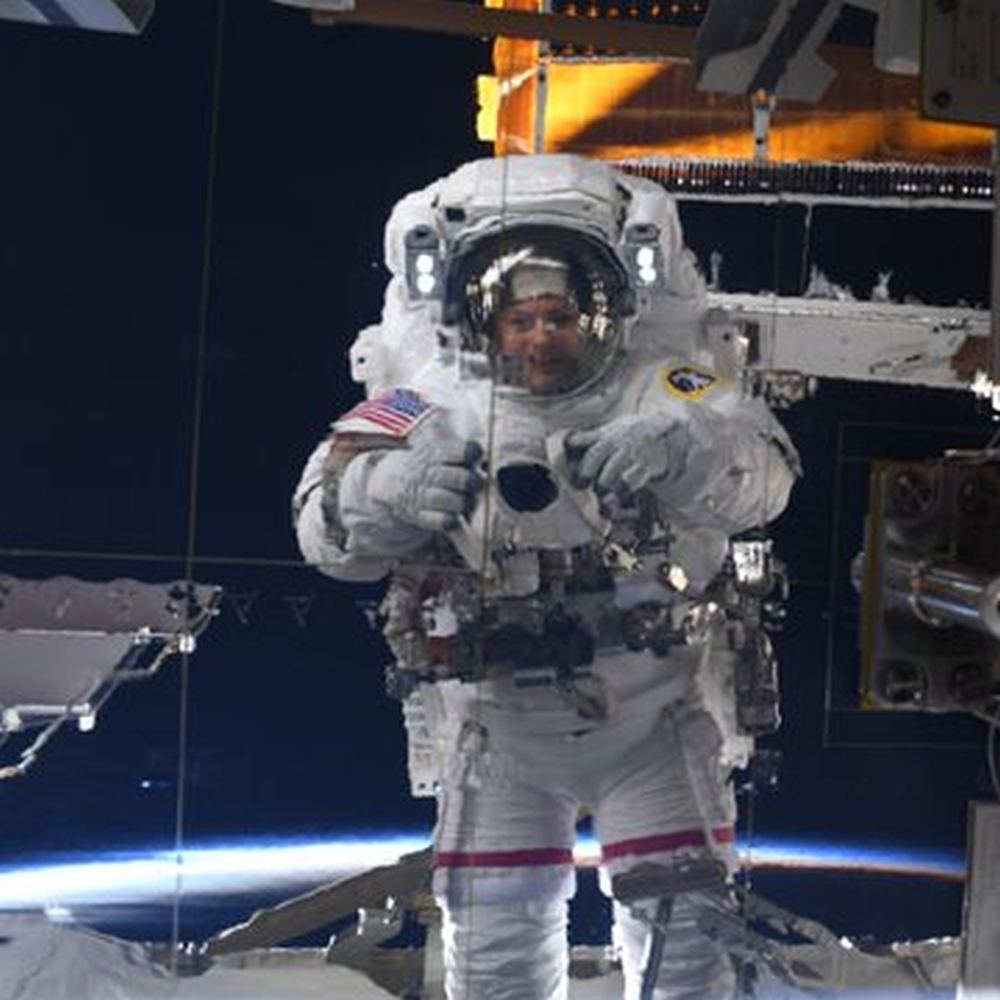
If there’s an award for “Selfie of the Year” NASA astronaut Jessica Meir just won it.
Continue reading “NASA Astronaut Jessica Meir Took a Space Selfie, Capturing her Reflection in the Space Station”IKEA’s New Collection is Inspired by the Challenges of Living on Mars
The Mars Desert Research Station (MDRS) is a simulated Martian habitat in Utah. It’s owned by the Mars Society, and it’s the society’s second such station. The MDRS is a research facility, and while there, scientists must live as if they were on Mars, including wearing simulated space suits.
One group of visitors wasn’t there for science, but for interior design. Two years ago, a trio of Ikea designers spent three days at the MDRS to develop Ikea products for small spaces. As it turns out, they ended up using their experience at the MDRS to help outfit the MDRS itself.
Continue reading “IKEA’s New Collection is Inspired by the Challenges of Living on Mars”If Astronauts Hibernated on Long Journeys, They’d Need Smaller Spacecraft
There’s a disturbing lack of hibernation in our space-faring plans. In movies and books, astronauts pop in and out of hibernation—or stasis, or cryogenic sleep, or suspended animation, or something like it—on a regular basis. If we ever figure out some kind of hibernation, can we take advantage of it to get by with smaller spacecraft?
The European Space Agency (ESA) is working to answer that question.
Continue reading “If Astronauts Hibernated on Long Journeys, They’d Need Smaller Spacecraft”Time-lapse Captured from the International Space Station

400 photos. 11 minutes. That’s what it took to create this time-lapse of the Earth and stars as the International Space Station over Namibia toward the Red Sea. NASA astronaut Christina Koch captured these images.
Continue reading “Time-lapse Captured from the International Space Station”
